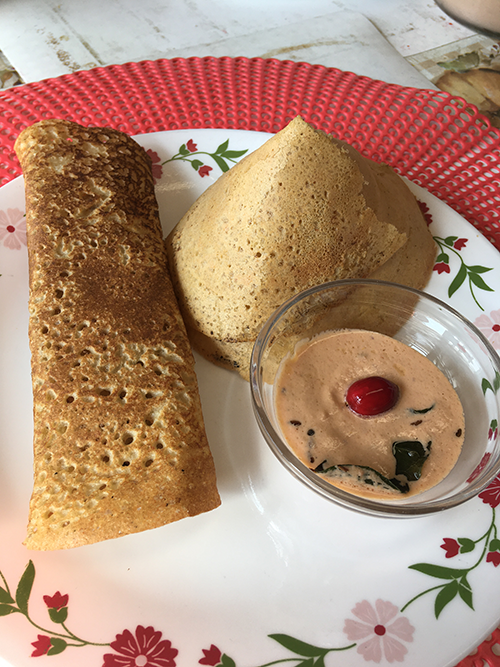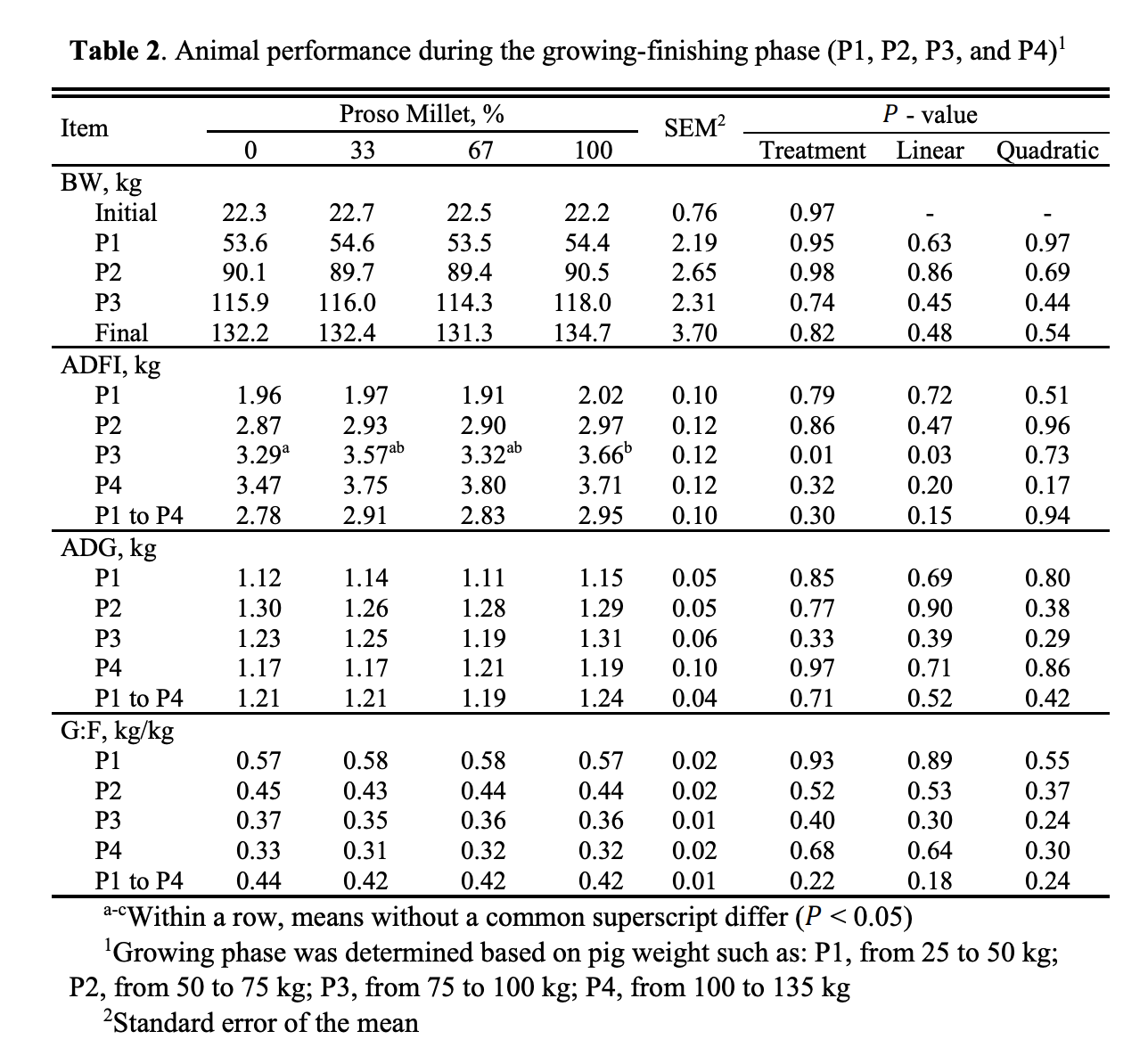U.S Market Opportunities for Proso Millet
As farmer interest in proso millet gains momentum, it is important to understand where the proso millet industry is headed. Let's take a quick look at where the current market is sitting and the outlook for future market opportunities.
Where it started.
The “millet movement” took off in 2015 when approximately one-third of proso millet grown in the U.S. was exported. Key customers included the Netherlands, the United Kingdom, Canada and Japan. Exports continued to thrive through 2019 until the high plains started to face drought conditions in 2020. Not only did the U.S. suffer from these conditions, but exports declined due to COVID-19 protocols across the globe. In 2021, all industries were impacted by the challenge of the shipping container crisis.
How it’s going.
Though 2022 brought its own challenges due to severe drought conditions, as we continue to transition from La Niña to El Niño weather patterns, we’ve again started to see an interest in growing proso millet varieties across the nation. Farmers are optimistic in growing proso millet into 2023 to replenish the latest export demands with a highly sustainable crop option.
What does the future hold?
The millet movement is not stopping anytime soon. In 2023, we project that proso millet production across the nation will continue to increase as orders are coming through both domestically and globally, ultimately increasing both U.S. and international demands.
Where is our proso millet making an impact?
1. Food - Millet has been used as a human food source for thousands of years in many countries across the planet. With the desire for more nutritious and sustainable food choices, the opportunities for proso millet in the food supply chain are incredible.
Next time you’re in the grocery store, take another look for this nutritious, gluten-free option.
Learn more about the impact of proso millet in our everyday lives here!
2. Premium Pet Food - As more humans are interested in finding out where their food is coming from, and how our food choices affect the planet, the same focus is being applied to pet food. Proso millet offers one of the highest grain protein content options that is not only super digestible but is a sustainable grain source for pet food companies across the world.
To the left is an example of a label that could be placed on pet food to share the sustainability story of proso millet.
3. Livestock Feed - In addition to pet food, we’ve found that proso millet is also a valuable substitute for corn in various types of livestock feed. Recent data has been released on a pig nutrition study that was conducted at the University of Nebraska-Lincoln that reviewed the substitution of proso millet for corn in pig feed.
What was the impact? A proso millet feed ration kept the same feed efficiency rate when compared to a 100% corn feed ration. This study validated proso as a great ingredient for pork producers around the globe to incorporate into their pigs’ feed ration.
Want to read the full UNL proso millet feed performance study? Click here. In addition to pigs, feeding studies have shown a 4% increase in egg production for chickens on a proso millet feed versus a commercial high corn diet.
We’re moving full speed ahead! If you have interest in growing any of our proso millet varieties this season contact one of our dealers.



